Welcome to our comprehensive roundup of the most significant developments in artificial intelligence that have shaped the tech landscape.
You’ll explore the latest breakthroughs and trends in intelligence that are transforming industries and raising important questions. Major tech companies are navigating regulatory challenges while pushing the boundaries of what artificial intelligence can accomplish.
Stay informed about the most important developments happening right now.
Key Takeaways
- Major breakthroughs in artificial intelligence
- Regulatory challenges faced by tech companies
- Emerging trends in intelligence developments
- Impact of AI on various industries
- Key players in the AI landscape
The State of AI in April 2025
You’re witnessing a transformative period in artificial intelligence as April 2025 unfolds. Several key developments are shaping the industry.
Major Developments in AI
The month has seen significant advancements in AI, driven by major technology companies investing heavily in research and development. Their quarterly report highlights the unprecedented scale of this investment.
- Groundbreaking developments are happening across multiple sectors.
- The competitive landscape is intensifying as companies secure AI talent and computing resources.
- There’s a significant shift in deploying intelligence systems in everyday applications.
| Development | Impact | Sector |
|---|---|---|
| Enhanced Personal Assistants | Increased Efficiency | Consumer Technology |
| Industrial Automation | Improved Productivity | Manufacturing |
| AI Research Investment | Accelerated Innovation | Technology |
The rapid evolution of artificial intelligence capabilities is creating a complex environment for innovation, with regulatory bodies worldwide struggling to keep pace.
OpenAI’s Legal Battle with Elon Musk
A significant legal battle is unfolding between OpenAI and Elon Musk, shedding light on the tensions within the AI industry. This confrontation has escalated with OpenAI filing a countersuit against Musk, alleging “bad-faith tactics.”
Lawsuit Details
The legal dispute centers around OpenAI’s transition from a non-profit to a for-profit model and questions about its mission. This rift between Musk, a co-founder, and the current leadership under Sam Altman highlights fundamental tensions in the AI sector.
- The countersuit by OpenAI alleges Musk employed “bad-faith tactics,” marking a significant escalation in the legal confrontation.
- The case underscores the tension between open-source philosophies and commercial interests in the artificial intelligence industry.
- Industry analysts believe this case could have far-reaching implications for how companies structure themselves and their governance models.
The outcome of this legal battle could significantly impact the future of AI development and the governance of AI companies. As the situation unfolds, it will be crucial to monitor how it influences the broader AI industry.
Nvidia Faces $5.5 Billion Hit Over China Export Rules
A $5.5 billion hit is looming over Nvidia because of China’s new export rules. This significant financial setback is a result of the company’s need to obtain special licenses to export its H20 AI chips to the Chinese market.
Global AI Chip Market Shifts
The impact of these export restrictions on Nvidia highlights the growing tensions between geopolitical factors and the artificial intelligence hardware supply chain. As government regulations continue to reshape global trade patterns, companies like Nvidia are at the forefront of these changes.
The new export rules have several implications for the global AI chip market:
- Nvidia’s market share is expected to decline as Chinese domestic chip manufacturers accelerate their own AI chip development programs.
- The requirement for special licenses to export H20 AI chips to China underscores the strategic importance of AI hardware.
- These developments are likely to reshape the global AI chip market, with potential long-term implications for companies involved in AI hardware production.
To better understand the impact of these export rules, let’s examine the potential financial implications for Nvidia and other industry players.
| Company | Projected Loss | Reason |
|---|---|---|
| Nvidia | $5.5 Billion | Export restrictions to China |
| Chinese Domestic Chip Manufacturers | Potential Gain | Accelerated AI chip development |
| Global AI Chip Market | Uncertain | Reshaping of global trade patterns |
As the situation unfolds, it’s clear that the intersection of intelligence and geopolitics will continue to shape the future of the AI chip market. You should be aware of these developments as they have significant implications for the tech industry.
The Rising Trend of AI-Generated Dolls
A new trend is emerging where artificial intelligence is used to create personalized dolls, sparking both excitement and concern. As online users create Barbie-like dolls of themselves, experts urge caution over AI’s energy and data use.
Consumer Adoption and Creative Applications
The technology behind AI-generated dolls combines facial recognition, style transfer algorithms, and 3D modeling to create highly customized digital and physical dolls. Here are some key aspects of this trend:
- Users can create personalized representations of themselves using artificial intelligence.
- The technology captures subtle personality traits and style preferences from just a few reference images.
- Experts are raising concerns about the substantial energy consumption and data privacy implications.
- The popularity of AI dolls represents a broader shift toward personalized AI-created content.
This trend not only showcases the creative applications of AI but also highlights the need for responsible innovation. As you explore the possibilities of AI-generated content, it’s essential to consider the potential consequences on data privacy and energy consumption.
Artists Push Back Against AI-Generated Content
As AI-generated content becomes more prevalent, artists are mounting a resistance. You’re witnessing a growing movement of artists concerned that their work is being used without permission to train AI systems that could ultimately replace them.
Legal Challenges and Community Response
Artists worldwide are organizing resistance against AI-generated content through social media campaigns and legal challenges. Many creators are showcasing their original work to highlight the value of human creativity and craftsmanship in the face of artificial intelligence advancements.
- The creative industry is grappling with defining fair use of artistic works for AI training data.
- This pushback represents one of the most significant labor and intellectual property challenges of the AI era.
- Potential implications include how creative work is valued and protected in the future.
The backlash against AI-generated content is not just about the technology itself but about the value and recognition of human creativity. As the situation evolves, it will be crucial to monitor how the creative industry adapts to these changes.
Microsoft’s Controversial AI Screenshot Tool
Microsoft’s latest AI innovation, a screenshot tool, has raised eyebrows. The tool, known as “Recall,” uses artificial intelligence to index and make searchable everything that appears on your screen.
Addressing Privacy Concerns
Initially criticized as a “privacy nightmare,” Microsoft relaunched Recall after making significant modifications to address serious privacy concerns. The revised version includes more granular user controls and clearer information about data collection and storage.
Despite these changes, privacy advocates remain concerned about the fundamental concept of the tool, questioning whether comprehensive screen monitoring can ever be truly privacy-respecting. This controversy highlights the tension between convenient AI-powered features and personal privacy in modern tech products.
Meta’s AI Training Practices Under Scrutiny
Meta’s AI training practices have come under intense scrutiny due to allegations of using copyrighted materials without permission. The tech giant is facing criticism for allegedly using books by numerous authors, including former Sinn Féin president Gerry Adams, to train itsartificial intelligencemodels.
Several authors have come forward, claiming that their works were used without their consent. This controversy highlights the widespread practice of using copyrighted materials to train large language model systems.
Concerns Over Unauthorized Use
The situation raises fundamental questions about intellectual property rights in the age of AI and whether existing copyright laws are adequate for these new technologies. You’re seeing increased scrutiny of how tech companies acquire and use trainingdatafor their AI systems.
Authors and publishers are demanding more transparency about what works have been included in training datasets and appropriate compensation for their use. The use of copyrighted materials without permission has sparked a heated debate about the ethics of AI training practices.
“The use of copyrighted materials without permission is a serious issue that needs to be addressed. It’s not just about the authors’ rights, but also about the future of creative industries.”
A comparison of the current practices and the desired changes is shown in the table below:
| Current Practice | Desired Change |
|---|---|
| Using copyrighted materials without permission | Obtaining explicit consent from creators |
| Lack of transparency about training datasets | Providing clear information about included works |
| No compensation for authors and publishers | Fair compensation for the use of copyrighted materials |
The controversy surrounding Meta’s AI training practices is a complex issue that requires careful consideration of the rights of creators and the needs of the tech industry.
Educational Institutions Adapting to AI Technology
The rise of artificial intelligence has prompted educators to rethink their approaches to teaching and learning. You’re likely aware that educational institutions are developing innovative strategies to integrate AI tools into their teaching methodologies.
Adapting to New Technologies
In places like Guernsey, headteachers are pioneering different approaches to manage how students interact with AI technology in academic settings. Some schools are embracing AI as a learning aid while establishing clear guidelines about appropriate use for assignments and research.
Educators are grappling with fundamental questions about how to assess student work in an era when AI can generate essays, solve complex problems, and create art. This shift requires thoughtful policy development and teacher training, representing one of the most significant changes in educational practice since the introduction of the internet.

As you explore these developments, you’ll find that educational institutions are working to balance the benefits of technology with the need for authentic learning experiences. By doing so, they’re ensuring that students are prepared for a rapidly changing world.
AI News This Month: Privacy Concerns Take Center Stage
The integration of AI into everyday activities has sparked a significant shift in public discourse, with privacy concerns now at the forefront. As AI systems become more integrated into daily life, you’re likely to notice a growing emphasis on how these technologies handle personal information.
Data Protection and Consumer Rights
Regulatory bodies are responding to the growing concerns with proposed frameworks that would require companies to provide greater transparency about how they collect and use personal information. This move aims to address the privacy issues that have become a major talking point in AI news this month.
- The tension between innovation and privacy protection is creating complex challenges for both tech companies and policymakers.
- Several high-profile data breaches involving AI systems have heightened public awareness and concerns about the security of personal information processed by these technologies.
- Consumer advocacy groups are pushing for stronger opt-out mechanisms and data deletion rights for AI systems, further highlighting the need for robust data protection measures.
As noted by a recent statement, “The future of AI is not just about technological advancement, but also about ensuring that these advancements are aligned with societal values such as privacy.” This sentiment underscores the importance of balancing innovation with the need to protect consumer rights.
You’re at the center of this evolving landscape, and staying informed about these developments is crucial. As AI continues to shape various aspects of your life, understanding the implications of these technologies on your privacy and data security is more important than ever.
Writers Protest Against Meta’s AI Models
You’re witnessing a surge in writers’ protests against Meta’s AI models, with concerns over piracy and intellectual property rights taking center stage.
Intellectual Property Rights in the AI Era
The protests have taken a creative turn, with writers organizing demonstrations, including one notable event featuring Irish wolfhounds to symbolize the protection of creative works.
The literary community is finding its collective voice in opposing what they describe as “piracy” of their intellectual property for AI training purposes. This growing movement demands transparency, consent, and compensation for the use of their works.
- Writers are protesting the unauthorized use of their works in training Meta’s AI models.
- The protests have garnered significant media attention, forcing tech companies to address concerns about sourcing training materials.
- This conflict represents a pivotal moment in defining how creative professionals will be compensated in an era where AI can learn from and emulate their distinctive styles.
The Impact of AI on Creative Industries
You’re witnessing a revolution in creative industries, driven by the capabilities of AI. The artificial intelligence landscape is transforming how content is created, distributed, and consumed.
The creative process is being revolutionized as AI tools automate technical aspects, potentially allowing creators to focus on higher-level creative decisions. This shift is not without its challenges, as it raises questions about the future role of human creatives in the industry.
New Dynamics in Content Creation
The boundary between human-created and AI-generated content is becoming increasingly blurred. This blurring of lines raises important questions about authenticity and artistic value. As AI-generated content becomes more prevalent, the way we perceive creativity and originality is likely to evolve.
- AI is fundamentally reshaping creative industries, from film production to graphic design.
- Content creation workflows are being automated, allowing for more focus on creative direction.
- The democratization of production capabilities and distribution channels is reducing the influence of traditional gatekeepers.
The economic models that have supported creative professionals are under pressure. Many industry veterans are advocating for new frameworks that protect human creativity while embracing technological advancement. As intelligence in machines continues to grow, the creative industry must adapt to these changes.
Government Regulations Shaping AI Development
As AI continues to evolve, government regulations are playing an increasingly crucial role in shaping its development. You need to be aware of these changes as they impact how AI is being integrated into various sectors.
Regulatory Frameworks
Recent policy initiatives focus on risk-based approaches that impose stricter requirements on high-risk AI applications while allowing more flexibility for lower-risk systems. This means that companies are adapting their development processes to incorporate regulatory compliance from the design phase rather than as an afterthought.
Government regulations are increasingly defining the boundaries of acceptable AI development, with new frameworks emerging across different jurisdictions. International cooperation efforts are attempting to create harmonized standards, though significant differences remain between US, EU, and Asian regulatory philosophies.
- Stricter requirements are being imposed on high-risk AI applications.
- Lower-risk AI systems are being given more flexibility.
- Companies are now incorporating regulatory compliance from the outset.
A recent government report indicates that regulatory uncertainty remains one of the top concerns for AI developers, potentially slowing innovation in certain high-impact domains. You should be aware that this uncertainty can affect the overall pace of AI adoption.

AI Energy Consumption: A Growing Concern
Energy consumption by AI systems has emerged as a critical environmental concern. The rapid growth of artificial intelligence has led to increased demands on energy resources.
Sustainability Initiatives
The energy consumption of AI systems is significant, with large language models requiring as much electricity as small towns. Data centers housing AI infrastructure are becoming major consumers of energy resources.
- The development of specialized AI chips is a step towards reducing energy consumption, delivering more computing power per watt.
- Leading AI labs are now publishing their energy usage metrics and setting targets for carbon neutrality.
- Despite these efforts, critics argue that more needs to be done to address the environmental impact.
Balancing computational advancement with environmental responsibility is one of the most significant sustainability challenges in the tech sector today. As AI continues to evolve, finding solutions to its energy consumption will be crucial.
The challenge involves not just reducing energy usage but also ensuring that the development of AI is sustainable in the long term. This requires ongoing investment in energy-efficient technologies and a commitment to transparency about energy usage.
How AI Is Transforming Maritime Technology
The application of artificial intelligence in the maritime industry is revolutionizing traditional practices. You’re seeing a significant shift towards more efficient and sustainable operations.
Innovations in Shipping and Ocean Management
A new international collaboration led by MIT’s Maritime Consortium is at the forefront of this change. This initiative brings together academic researchers and industry leaders to develop advanced intelligence systems for ship navigation, maintenance prediction, and operational optimization.
The consortium is exploring various technologies to enhance maritime operations. These include nuclear propulsion technologies, alternative fuels, and data-powered strategies for operation. You’re likely to see more efficient routing that can significantly reduce fuel consumption and environmental impact.
The integration of AI is not limited to operational efficiency; it’s also enhancing safety through better weather prediction, collision avoidance, and real-time monitoring of ship systems. This represents one of the most significant technological shifts in an industry that has historically been slow to adopt digital innovations.
| Area of Impact | AI Application | Benefit |
|---|---|---|
| Operational Efficiency | Advanced navigation and routing | Reduced fuel consumption |
| Safety | Weather prediction and collision avoidance | Enhanced safety measures |
| Maintenance | Predictive maintenance | Reduced downtime |
As the maritime industry continues to adopt AI technologies, you can expect to see significant improvements in both efficiency and safety. The research being conducted by the MIT Maritime Consortium is paving the way for a more sustainable and technologically advanced future.
The Future of AI Ethics and Responsible Innovation
You’re on the cusp of a new era in AI, one where ethics and innovation go hand in hand. As AI becomes increasingly integral to our lives, the need for responsible development practices has never been more critical.
Practical Approaches to Ethical AI
The future of AI ethics is taking shape through collaborative efforts between technology companies, academic research institutions, and policy leaders. Emerging frameworks for responsible innovation emphasize principles like transparency, fairness, accountability, and human oversight of intelligence systems.
You’re witnessing a significant shift from theoretical ethical discussions to practical implementation guidelines that developers can incorporate into their workflows. This change is crucial for ensuring that AI systems are not only innovative but also ethical and responsible.
- Multi-stakeholder initiatives are working to develop standardized impact assessments to identify potential harms before AI systems are deployed.
- The most forward-thinking organizations recognize that ethical considerations must be integrated throughout the development lifecycle, rather than addressed as an afterthought.
As noted by industry experts, “The development of AI is not just a technical challenge, but also a societal one.” This underscores the importance of a holistic approach to AI development, one that considers both the technological and ethical implications.
The integration of ethics into AI development is not just a moral imperative but also a business one. Companies that prioritize ethical AI development are likely to foster trust with their users and stakeholders, ultimately driving the successful adoption of AI technologies.
As AI continues to evolve, the role of intelligence in shaping our future cannot be overstated. It’s crucial that we continue to develop and refine frameworks that ensure AI is used responsibly and for the greater good.
Conclusion: What These AI Developments Mean for You
This month’s AI news brings to light crucial developments that will impact your interaction with technology in the years to come. As artificial intelligence becomes more pervasive, you’ll need to develop new skills to effectively leverage these resources while protecting your privacy and information.
Personal and Professional Implications
The ongoing tensions between tech companies, government regulators, and creative voices will shape the AI landscape. To stay ahead, you’ll need to adapt to working alongside AI models while maintaining critical thinking and creativity that remains uniquely human.
By staying informed about these rapid changes, you’ll be better equipped to navigate the evolving tech world and capitalize on the opportunities presented by responsible AI leadership.

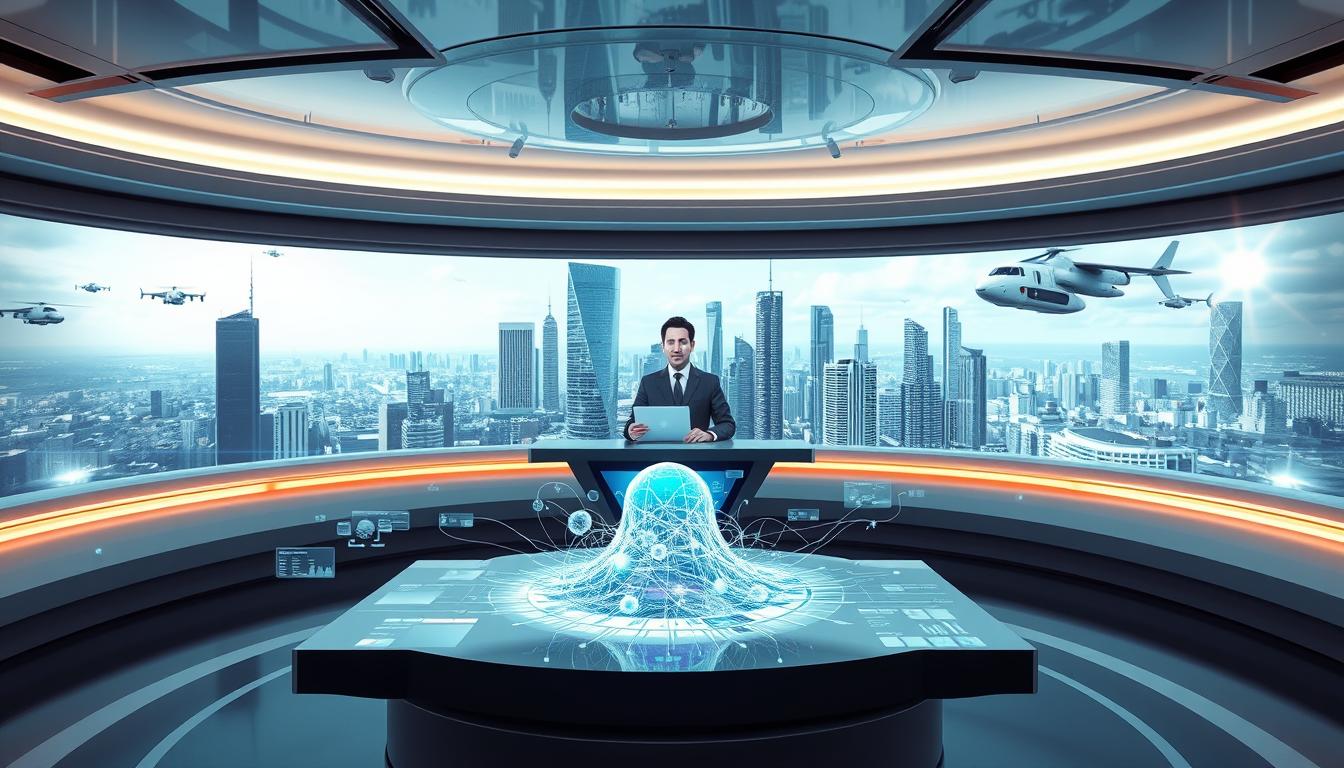


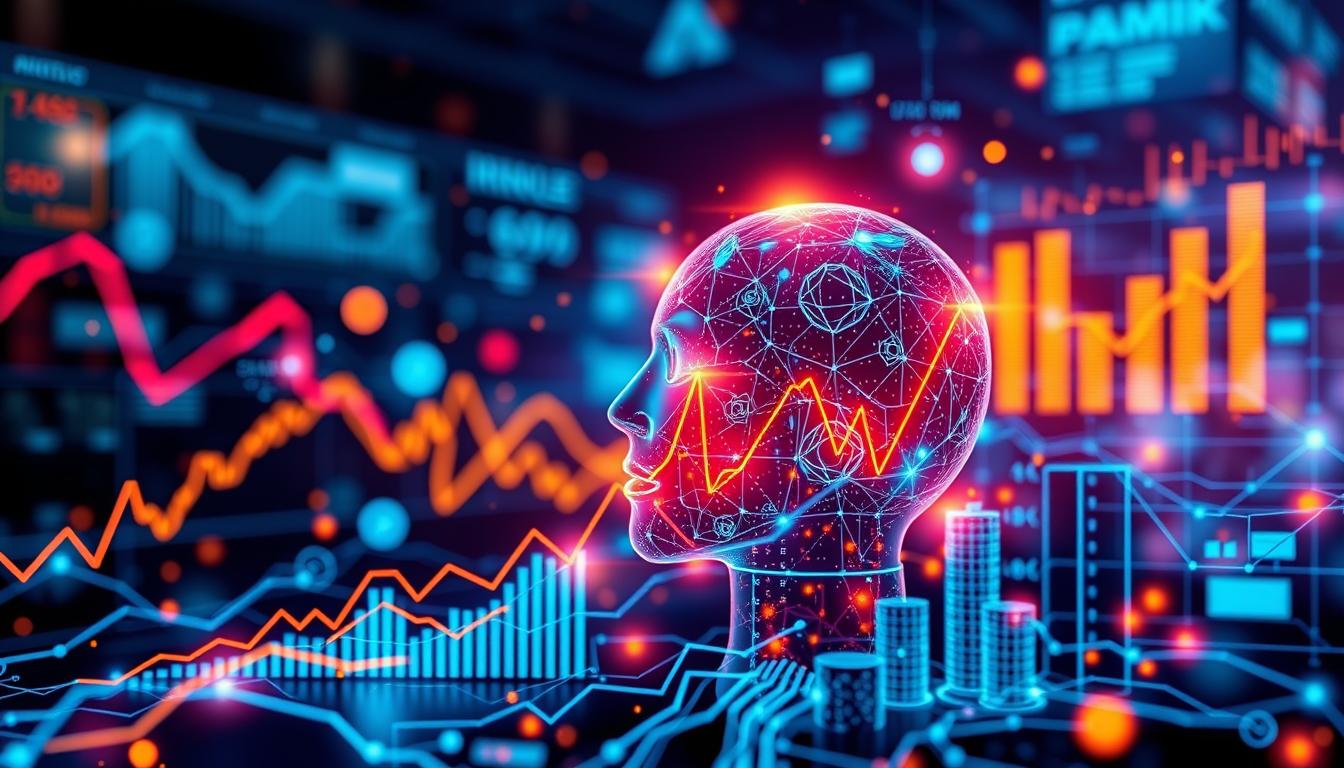

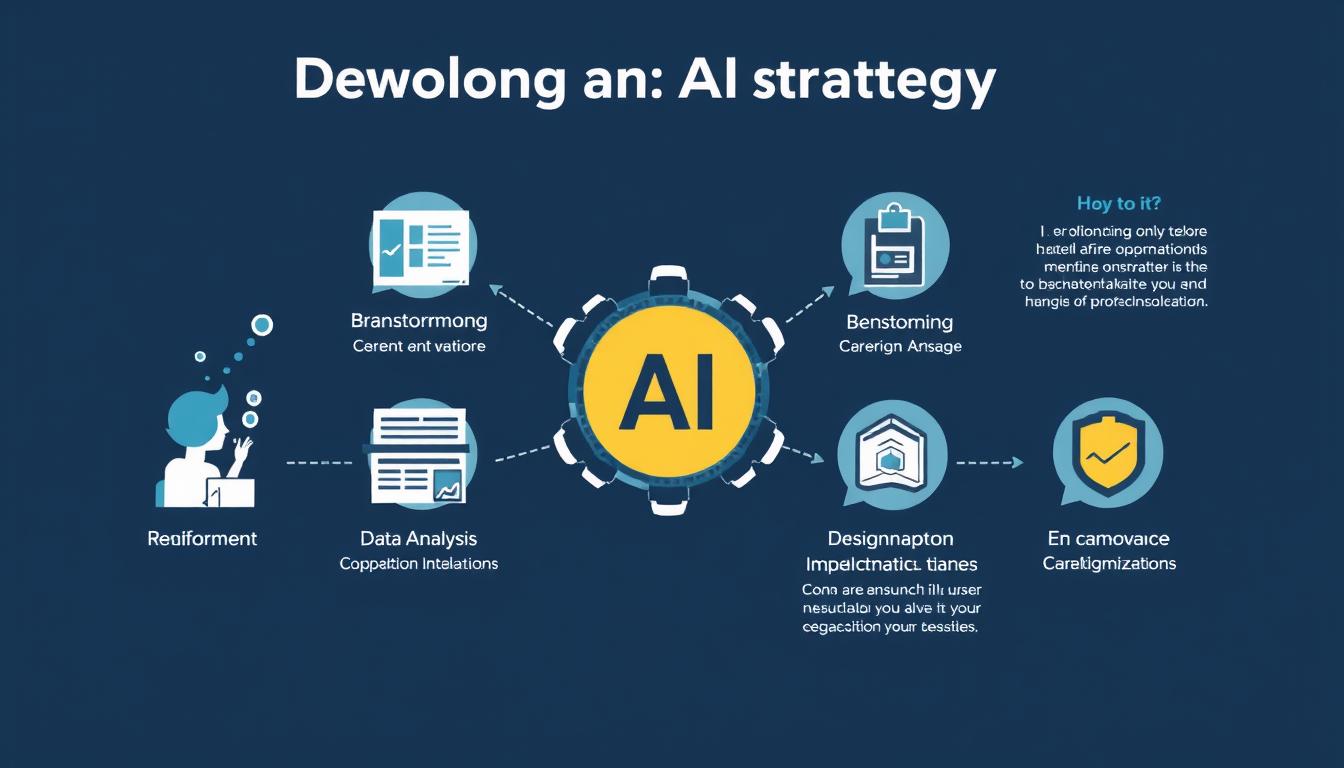

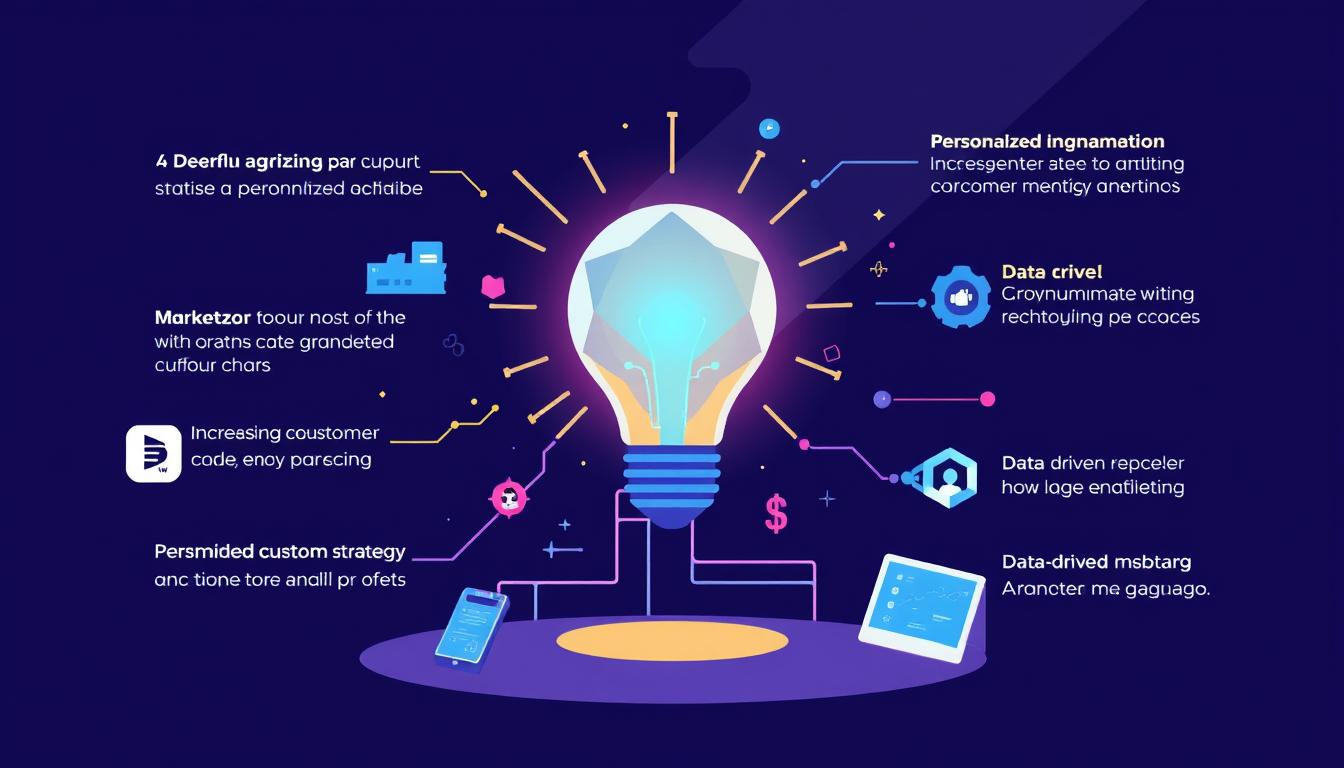
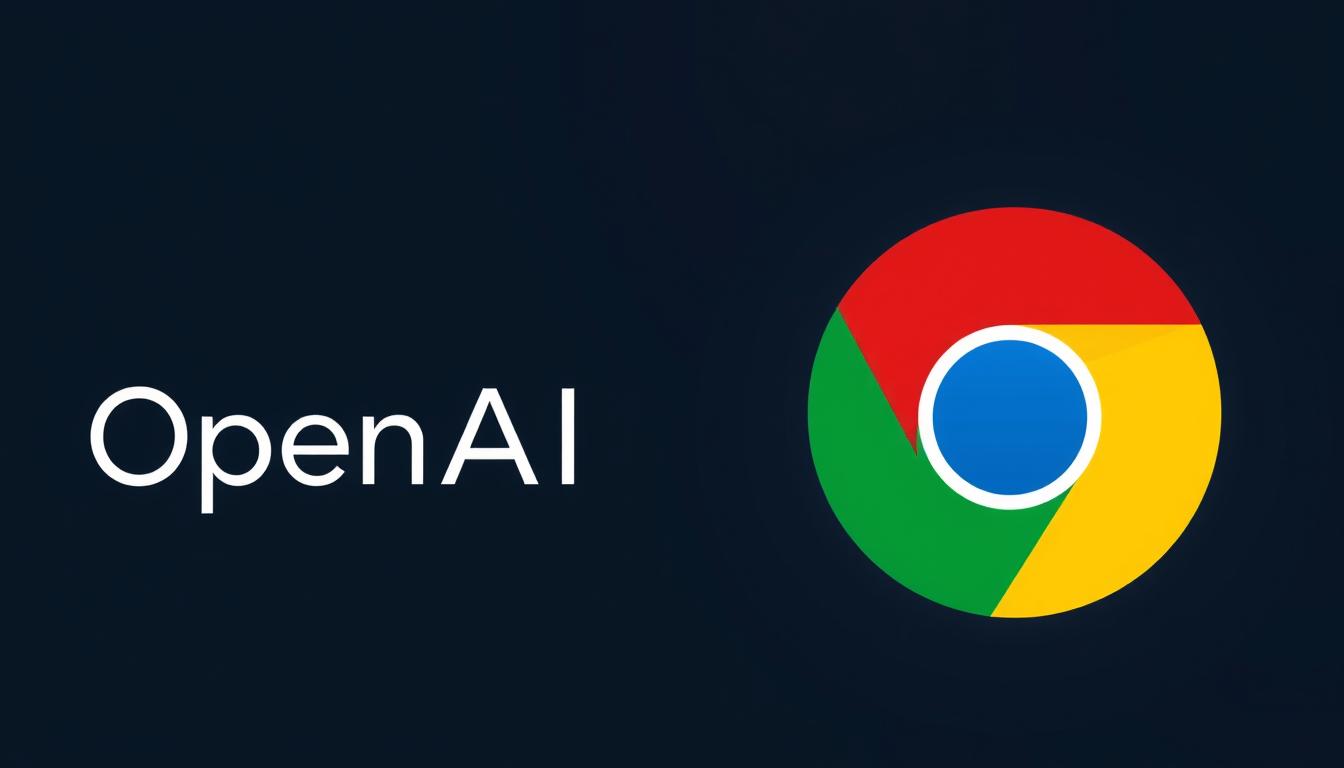
Comments are closed